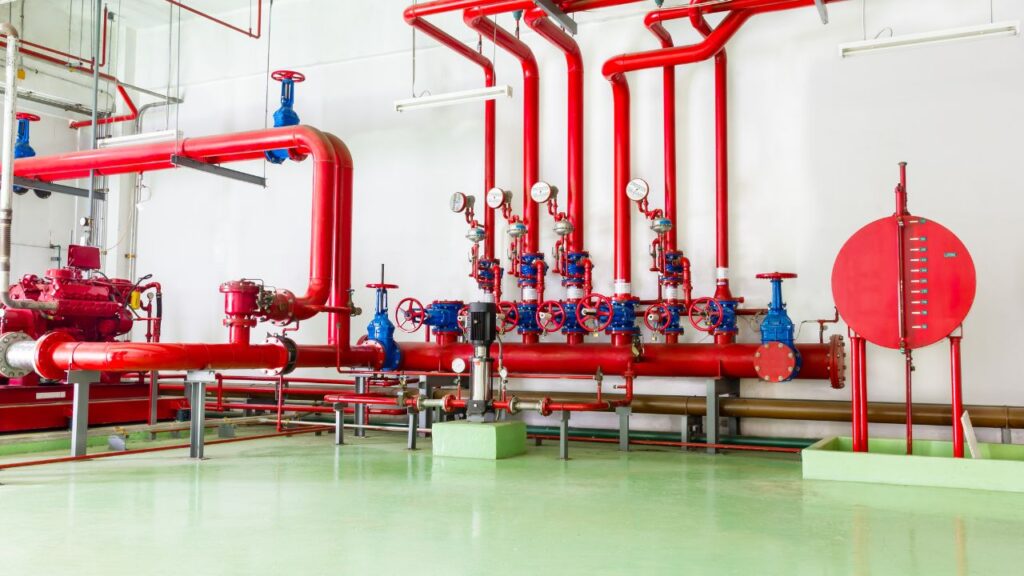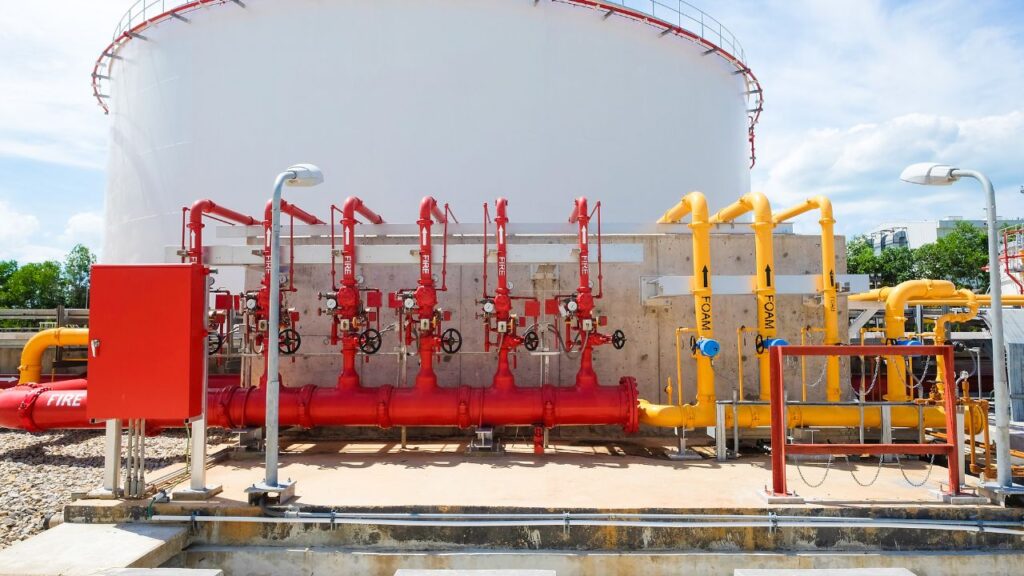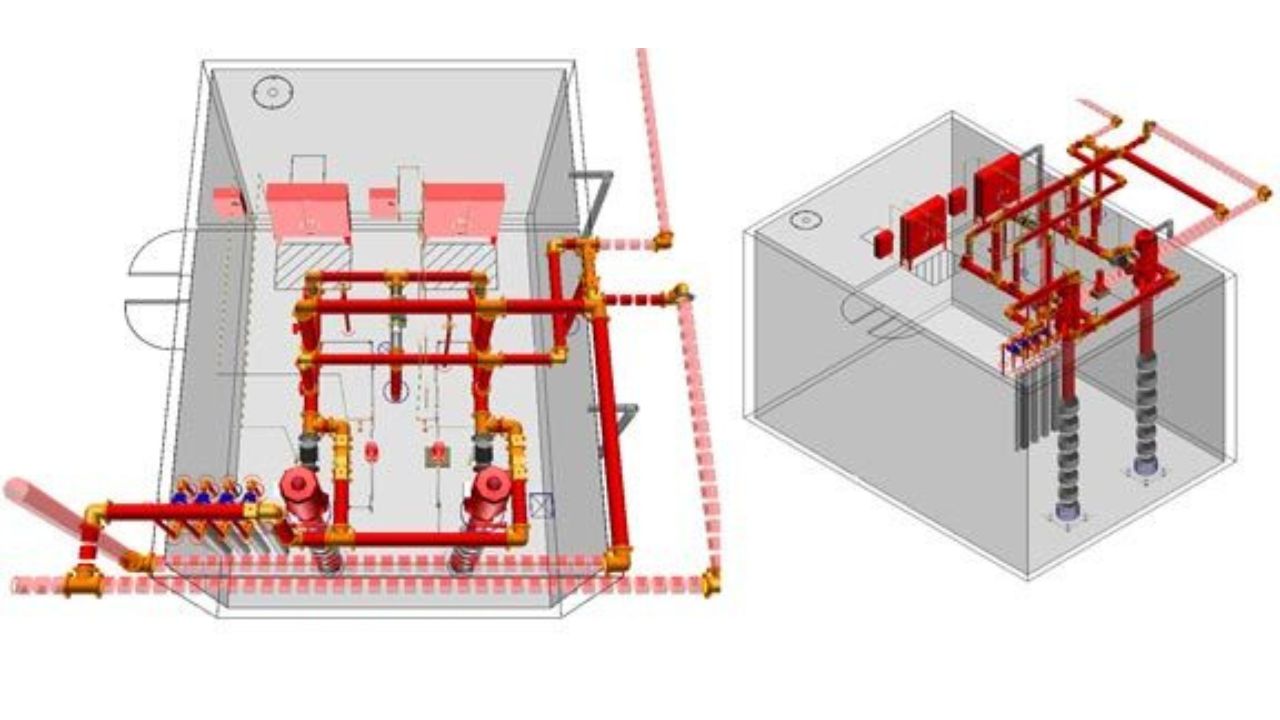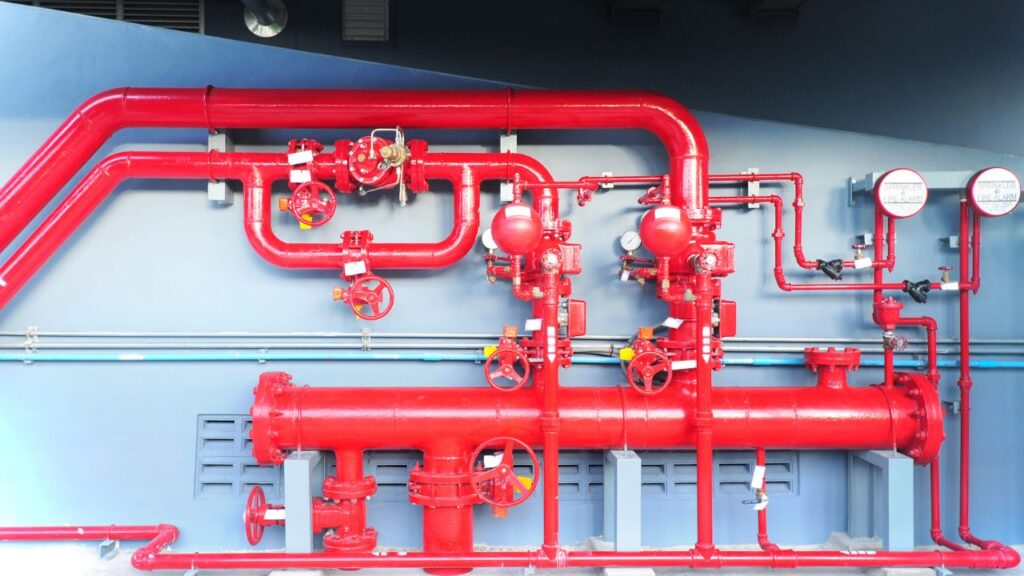Tap into Success – Zip Code Estimates for Fire Safety Excellence!
- Accurancy
- Efficiency
- Transparency
- Customization
- Time Saving
- Professionalism
- Cost Control

Ensuring the safety of residents in housing developments is a top priority for builders, developers, and local authorities. A crucial component of this safety infrastructure is an efficient fire hydrant system. Properly designed and strategically placed fire hydrants can significantly mitigate the risk of fire-related incidents and contribute to the overall safety of the community. In this article, we will explore the factors influencing the cost of fire hydrant systems for housing developments and discuss best practices for optimizing both efficiency and affordability.

Ensuring regulatory compliance is a cornerstone in the successful implementation of fire hydrant systems for housing developments. Local building codes and fire safety regulations set stringent standards that must be met to guarantee the safety of residents and the community as a whole. Failure to comply with these regulations not only poses significant legal risks but also jeopardizes the effectiveness of the fire hydrant system. Developers and builders must invest time and resources in thoroughly understanding and adhering to these regulations to avoid potential legal issues and uphold the highest standards of safety.

Fully Insured Licensed Hire a Contractor For Fire Safety
Get Contractor
Make Informed Design Decisions Showcase Your Design Ideas
Get RenderingThe complexity of fire hydrant system design is a pivotal factor influencing overall costs. A one-size-fits-all approach is rarely effective, as the size of the housing development, water pressure requirements, and the community layout all contribute to the intricacies of system design. Collaborating with seasoned engineers and consultants during the planning phase becomes imperative to navigate these intricacies effectively. Their expertise ensures the creation of an optimal system that not only meets safety standards but also minimizes unnecessary expenses. This collaborative approach maximizes the efficiency of the fire hydrant system, providing a tailored solution for the specific needs of the housing development.
The accessibility and availability of a reliable water source are critical determinants in the cost considerations for fire hydrant system implementation. Housing developments located far from municipal water supplies may face additional costs, necessitating the drilling of wells or installation of water storage tanks. A comprehensive analysis of the existing water supply infrastructure is essential for accurate cost estimations. Developers need to carefully assess the options available to ensure a sustainable and cost-effective water source, striking a balance between meeting regulatory requirements and minimizing the financial burden on the housing project.
Choosing the right materials for the construction of fire hydrants and underground piping systems significantly impacts both initial and long-term costs. While corrosion-resistant materials may incur higher initial expenses, their long-term benefits, including reduced maintenance and replacement costs, often outweigh the upfront investment. Careful consideration of the materials used is essential to strike a balance between cost-effectiveness and the longevity of the fire hydrant system. A strategic approach to material selection ensures that the system remains durable and reliable over its operational lifespan.

The proper installation of fire hydrant systems is a crucial step that directly influences their reliability and effectiveness. Certified professionals must handle the installation process, covering aspects such as labor, equipment rentals, and excavation expenses. These costs can vary significantly based on factors such as the complexity of the system design and the geographic characteristics of the housing development. Obtaining multiple quotes from reputable contractors during the planning phase is essential. This allows for a more accurate assessment of installation costs, helping developers allocate resources efficiently while ensuring the successful implementation of a robust and reliable fire hydrant system.
Engaging in proactive collaboration and meticulous planning during the initial stages of housing development is paramount for the successful implementation of fire hydrant systems. Developers should actively involve local authorities, fire departments, and seasoned professionals in discussions to ensure not only compliance with regulations but also the creation of an efficient and tailored system design. Early collaboration acts as a preemptive measure to identify potential challenges, harmonize various stakeholders’ perspectives, and streamline the entire process. This collaborative approach not only fosters a sense of community responsibility but also lays the foundation for a fire hydrant system that seamlessly integrates with the overall safety infrastructure of the housing development.
Incorporating water conservation measures into the design and operation of fire hydrant systems is a strategic approach that goes beyond mere cost reduction. Utilizing pressure-reducing valves and flow restrictors can significantly optimize water usage, promoting sustainability and environmental responsibility. While the immediate benefits include cost savings through reduced water consumption, the long-term impact extends to mitigating the environmental footprint of the housing development. Developers can position themselves as responsible stewards of resources, aligning their projects with global initiatives for water conservation and contributing to the overall resilience of the community.

Establishing a robust routine maintenance schedule is a cornerstone of ensuring the longevity and reliability of fire hydrant systems. Timely inspections, regular testing, and prompt repairs are essential components of this schedule. This proactive approach not only prevents major issues that could compromise the effectiveness of the system but also minimizes long-term costs associated with extensive repairs or replacements. A well-maintained fire hydrant system ensures that it operates at peak performance, providing a constant and reliable source of safety for the community it serves.
Educating residents about the significance of fire hydrant systems and the potential consequences of misuse or vandalism is a vital component of fostering a sense of community responsibility. A well-informed community is more likely to recognize the importance of the fire hydrant system in ensuring their safety and, consequently, take active steps to protect and preserve this critical infrastructure. This not only reduces the need for frequent repairs due to intentional or unintentional damage but also creates a community culture that prioritizes safety, collaboration, and the collective well-being of all residents. Developers should consider community education as an integral part of their responsibility to create a resilient and self-aware neighborhood.
On average, the cost of purchasing and installing a fire hydrant ranges from $2,400 to $4,800. However, this price can increase significantly depending on specific location requirements, such as the need for specialized equipment or a large water supply system.
In summary, ensuring the safety of residents in housing developments through a fire hydrant system involves various factors that impact costs. Regulatory compliance, efficient system design, reliable water sources, careful material selection, and proper installation contribute to the overall expenses.
To optimize costs, collaboration with local authorities and professionals during planning is crucial. Water conservation measures, routine maintenance, and community education further enhance efficiency and reduce long-term expenses.
On average, the cost of purchasing and installing a fire hydrant ranges from $2,400 to $4,800, subject to location-specific requirements. In conclusion, a well-planned, collaborative approach not only ensures regulatory compliance but also establishes a resilient safety infrastructure for the community.
A fire hydrant system is crucial for ensuring the safety of residents in housing developments by providing a reliable source of water for firefighting in case of emergencies. Properly designed systems mitigate the risk of fire-related incidents and contribute to overall community safety.
Several factors impact the cost, including regulatory compliance, system design complexity, accessibility to a water source, material selection, and installation costs. Understanding and considering these factors are essential for accurate cost estimation.
Engaging in proactive collaboration during the planning stages helps ensure regulatory compliance and creates an efficient system design. By involving local authorities, fire departments, and experienced professionals, developers can identify potential challenges, harmonize perspectives, and streamline the entire process, optimizing costs.
Water conservation measures, such as pressure-reducing valves and flow restrictors, optimize water usage within the fire hydrant system. While these measures contribute to sustainability, they also lead to cost savings by reducing water consumption, aligning projects with global initiatives for water conservation.
Establishing a routine maintenance schedule ensures the longevity and reliability of fire hydrant systems by preventing major issues. Community education about the system’s significance and the consequences of misuse or vandalism fosters a sense of responsibility, reducing the need for frequent repairs and creating a culture that prioritizes safety and collaboration within the neighborhood.
Here I am going to share some steps to get your fire hydrant system repair cost estimate report.
You can send us your plan on info@estimatorflorida.com
Before starting your project, we send you a quote for your service. That quote will have detailed information about your project. Here you will get information about the size, difficulty, complexity and bid date when determining pricing.
Our team will takeoff and estimate your project. When we deliver you’ll receive a PDF and an Excel file of your estimate. We can also offer construction lead generation services for the jobs you’d like to pursue further.



561-530-2845
info@estimatorflorida.com
Address
5245 Wiles Rd Apt 3-102 St. Pete Beach, FL 33073 United States
561-530-2845
info@estimatorflorida.com
Address
5245 Wiles Rd Apt 3-102 St. Pete Beach, FL 33073 United States
All copyright © Reserved | Designed By V Marketing Media | Disclaimer